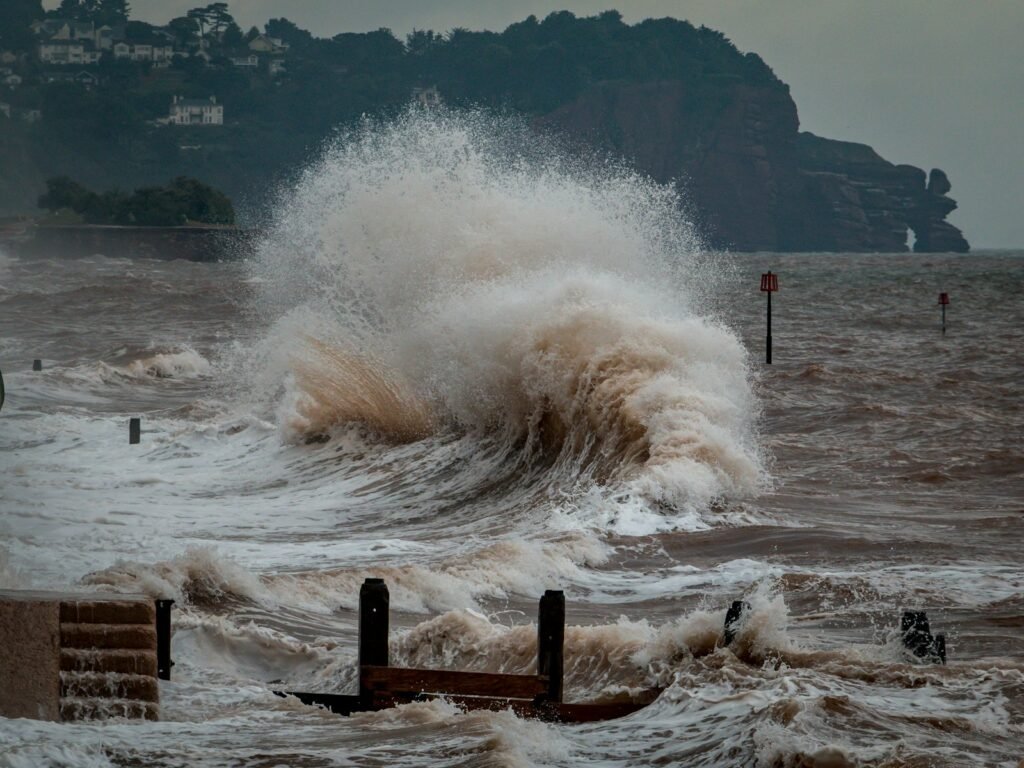It began as a highland survivor, carved from thin air and cold nights, and ended as the emblem of a continent’s grief. The potato’s story stretches from the terraces of the Andes to the rain-lashed fields of nineteenth-century Ireland, where a single pathogen turned abundance into catastrophe. Scientists now read this saga not just as history, but as a living case study in biodiversity, climate, and the risks of depending on one crop. What changed along the way – and what still hangs in the balance – reveals how food, disease, and empire have always been entangled.
The Hidden Clues
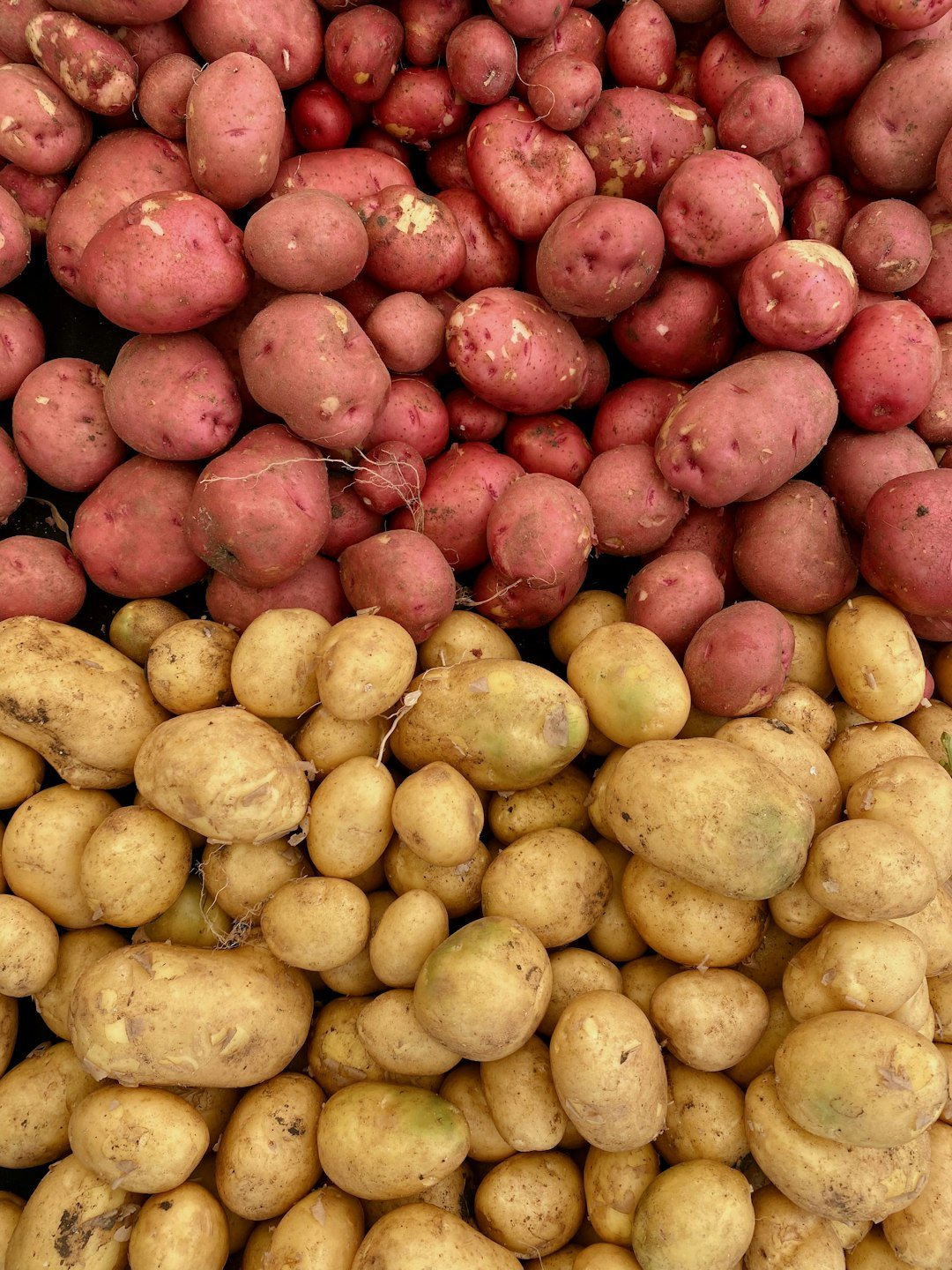
What if the key to preventing the next food disaster was hiding in the skin of a humble tuber? The potato’s rough surface and chemical defenses whisper a lesson about survival: diversity is a shield. In the Andes, farmers cultivated a mosaic of varieties, each with its own flavors, colors, and disease tolerances, spreading risk the way an investor balances a portfolio.
That genetic quilt kept harvests resilient even when weather turned cruel or pests surged. Move the crop into a monoculture, however, and it becomes a perfect target, a row of dominos begging for a push. I still remember standing in a misty Irish field, soil black and slick, and feeling how quickly a season can tilt when every plant is the same. Those sensory details – the smell of rot, the sheen of water on leaves – are the first clues to a much larger scientific story.
From Andean Fields to Empire Supply Chains
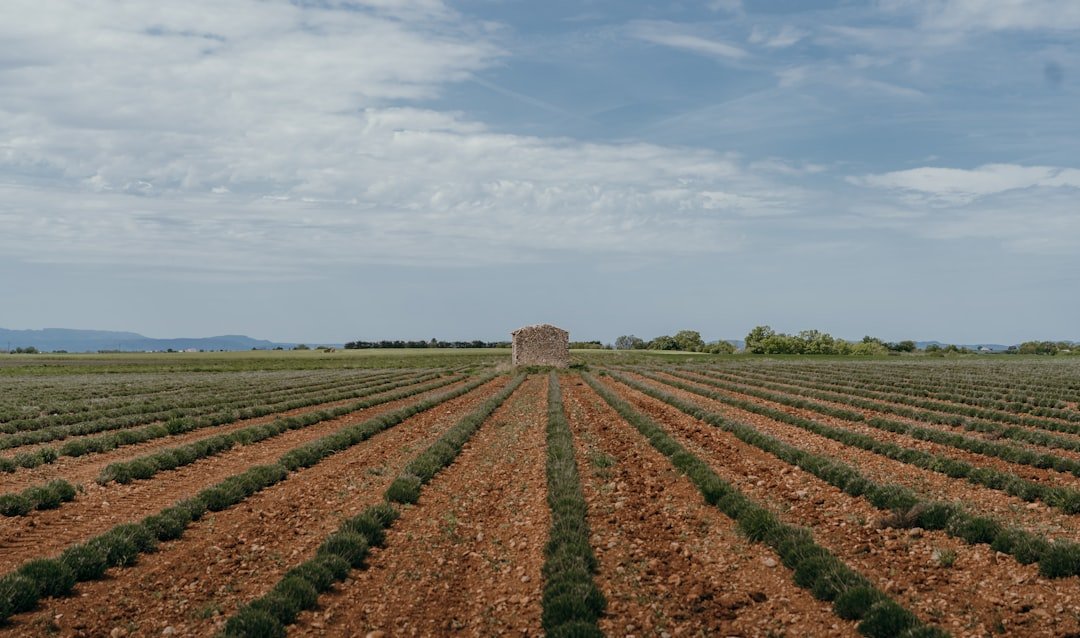
Domesticated thousands of years ago on Andean terraces, potatoes were shaped by harsh altitudes and human ingenuity. Spanish ships carried them across the Atlantic in the sixteenth century, and slowly, cautiously, Europe learned to trust a new underground bread. By the early nineteenth century, Irish smallholders had come to rely on a handful of high-yielding varieties that produced dense calories from tiny plots.
The potato’s rise looked like progress, but it also knitted rural life to far-flung trade and colonial policy. Seed choices narrowed, rents stayed high, and a fragile food economy leaned on a single pillar. When that pillar cracked, there was no easy substitute to fill the gap. In the long shadow of empire, a local harvest became a global bet.
Anatomy of a Catastrophe
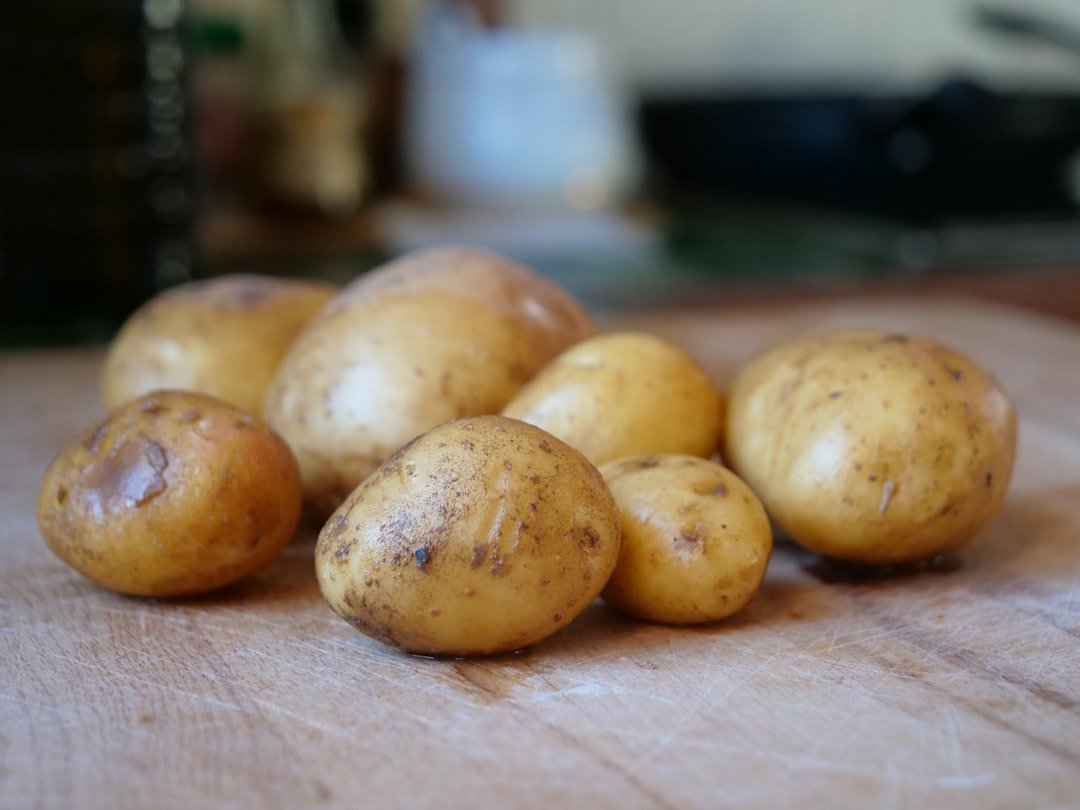
The agent behind the Irish calamity was a water mold called Phytophthora infestans, a fast-moving destroyer that thrives in cool, wet weather. Its spores drift on wind and rain, land on leaves, and under the right humidity, unleash infection cycles that can collapse a field in days. In the mid-1840s, a string of damp summers turned Ireland into a pathogen’s playground.
Monoculture amplified the blow: the widely grown varieties shared vulnerabilities, so disease spread like fire through dry grass. Stored tubers rotted, seed stocks failed, and families watched a season’s hope melt into blackened mush. The tragedy was biological, but it was also social, worsened by poverty, policy choices, and scant safety nets. History records a famine; biology explains how quickly it could happen.
Why It Matters
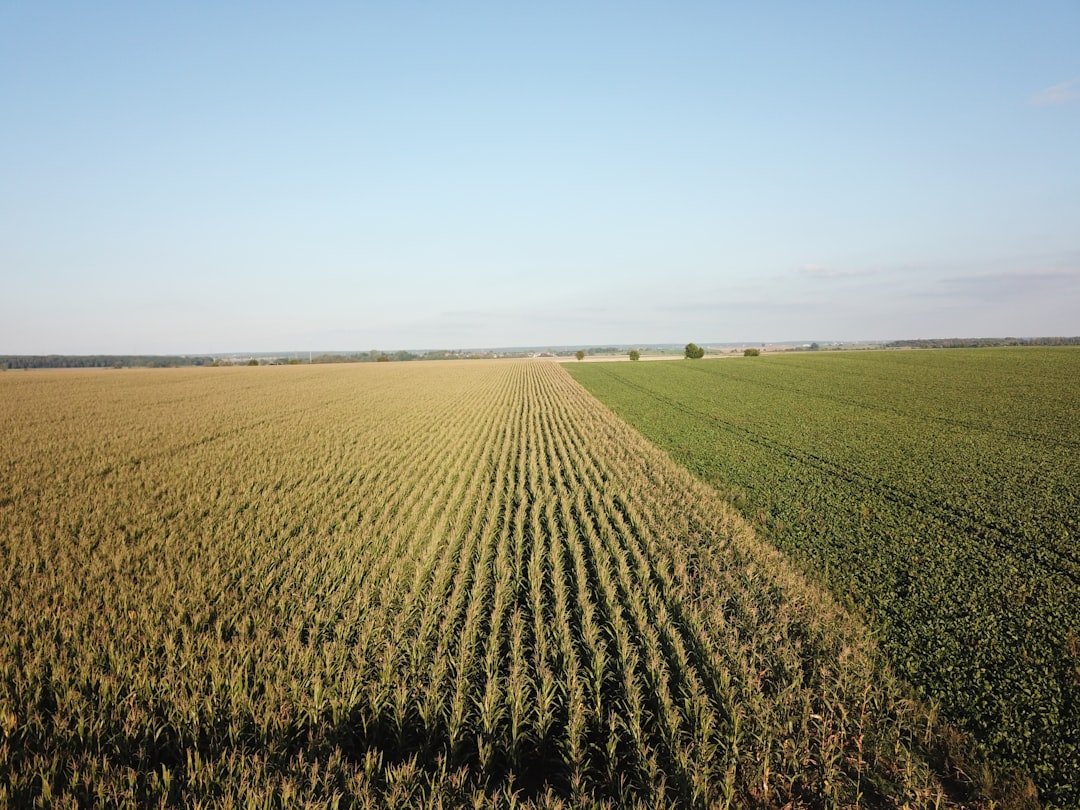
This story matters because the pressures that made the nineteenth-century crisis possible haven’t vanished – they’ve multiplied. Our food system still leans heavily on a few crops, and within those crops, on a few elite varieties selected for uniformity and yield. That uniformity simplifies planting and trade, but it also invites synchronized failure.
Contrast that with Andean practice, where diverse landraces acted like a living insurance policy. Science backs the logic: varied genetics can interrupt disease pathways, buffer climate shocks, and keep nutrients flowing even when one variety falters. The lesson is not nostalgic; it’s strategic. Diversity isn’t a museum piece, it’s modern risk management.
From Ancient Tools to Modern Science
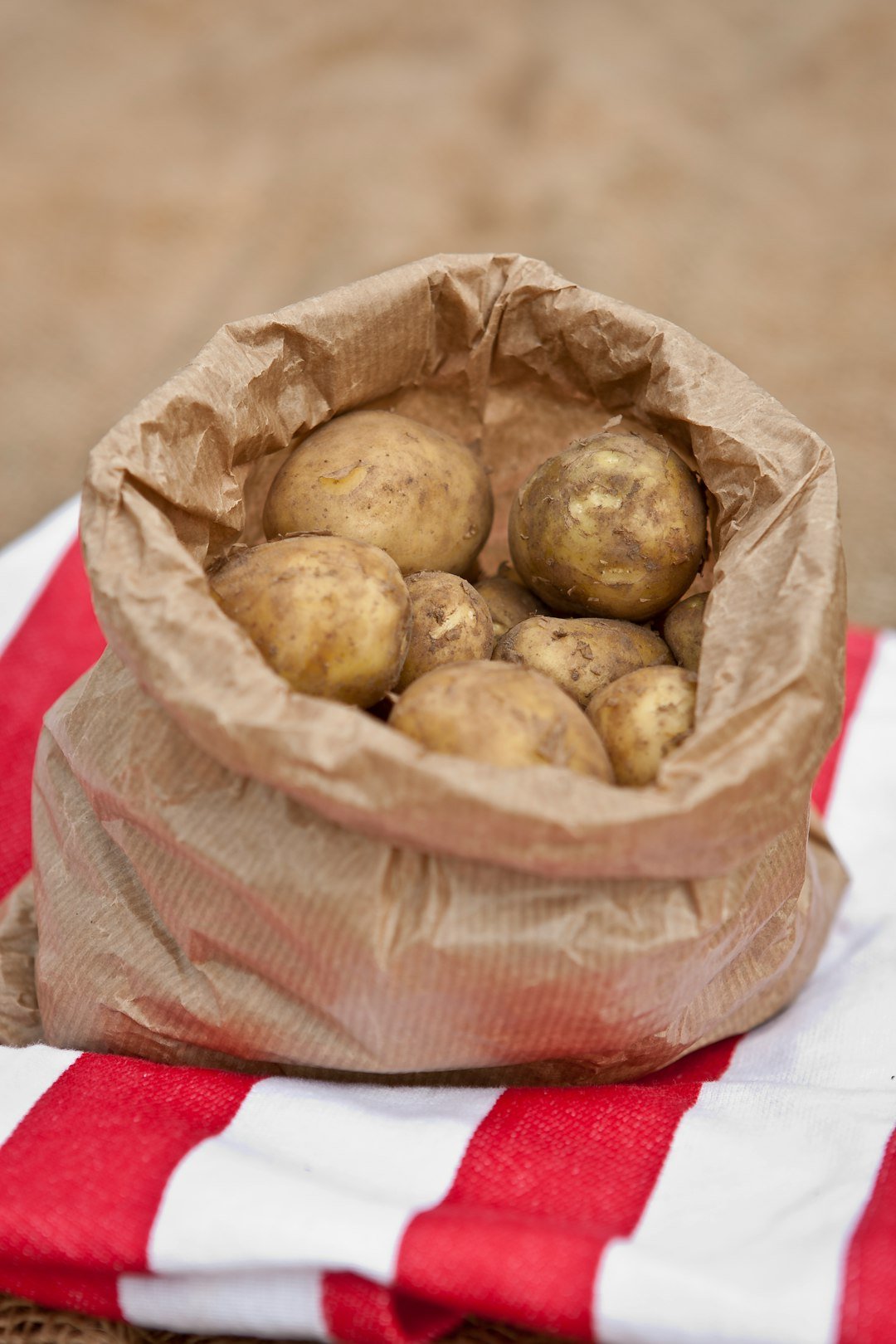
Andean farmers selected potatoes with stone tools and sharp eyes; today, researchers sequence genomes and track resistance genes like scouts mapping a battlefield. The target is the same: find combinations that frustrate pathogens while feeding people. Breeders now stack multiple resistance genes so that a single mutation in the pathogen can’t sweep the field.
Beyond breeding, agronomists test integrated management that pairs resistant varieties with smarter planting dates, improved drainage, and precise fungicide use when needed. Soil scientists explore beneficial microbes that prime potato roots against infection, adding a biological layer of defense. Even the tuber’s chemistry – starches, phenolics, and subtle metabolites – offers fingerprints that guide selection. The old and the new are converging, each sharpening the other.
Global Perspectives
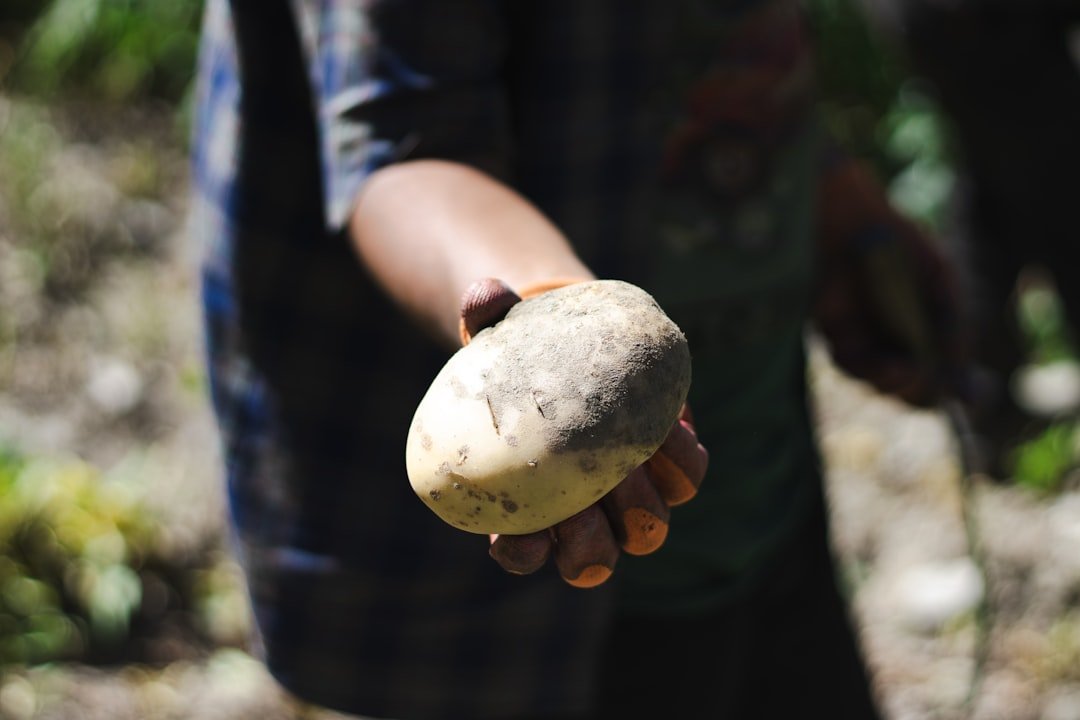
Today the potato is grown from Sichuan to Sub-Saharan Africa, from Idaho to the steppes, making it one of the world’s most important staple foods. In rapidly urbanizing regions, short growing seasons and high per-acre yields make it a valuable safety crop. In the Andes, communities still steward thousands of named types, a living library that anchors cultural identity and food sovereignty.
Ireland, too, has reshaped its relationship with the potato – less dependence, better variety choices, and a long memory of what can go wrong. Meanwhile, conflict, climate swings, and volatile trade can turn a blight outbreak into a regional food shock. The map of risk keeps shifting, but the principle travels well: resilient diets grow from resilient fields. A tuber dug from diverse soil is more than food; it’s a hedge against tomorrow.
The Future Landscape
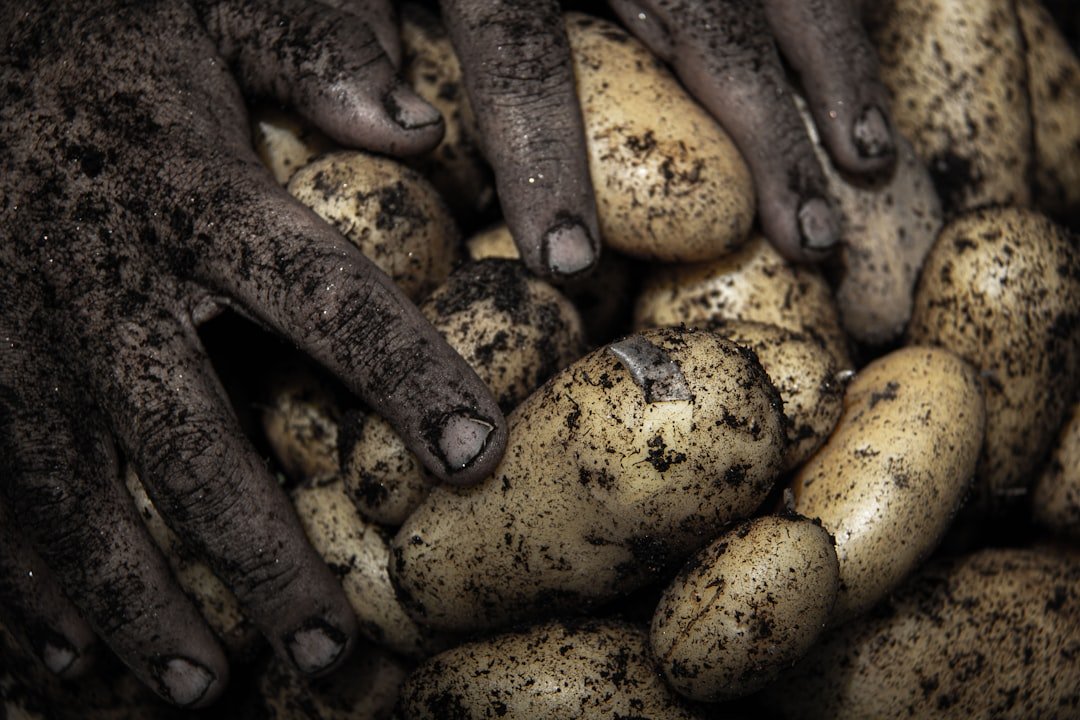
Climate change is re-writing the potato’s risk script, pushing pests and pathogens into new altitudes and latitudes while intensifying rains in some regions and drying others. Scientists are racing to model disease forecasts that blend weather, crop growth stages, and spore biology to warn farmers days in advance. When those alerts pair with resistant varieties, losses can drop sharply without heavy chemical footprints.
Biotechnology is adding new options, from gene-edited lines that carry multiple late-blight resistance genes to tubers tuned for lower waste and better storage. Remote sensing watches fields from space, flagging stress patches before the human eye can see them. On the ground, low-cost diagnostics and farmer-to-farmer networks spread practical knowledge faster than any pamphlet. The next chapter won’t be written by a single tool – it will be a system that learns.
The Hidden Costs and Hard Trade-offs
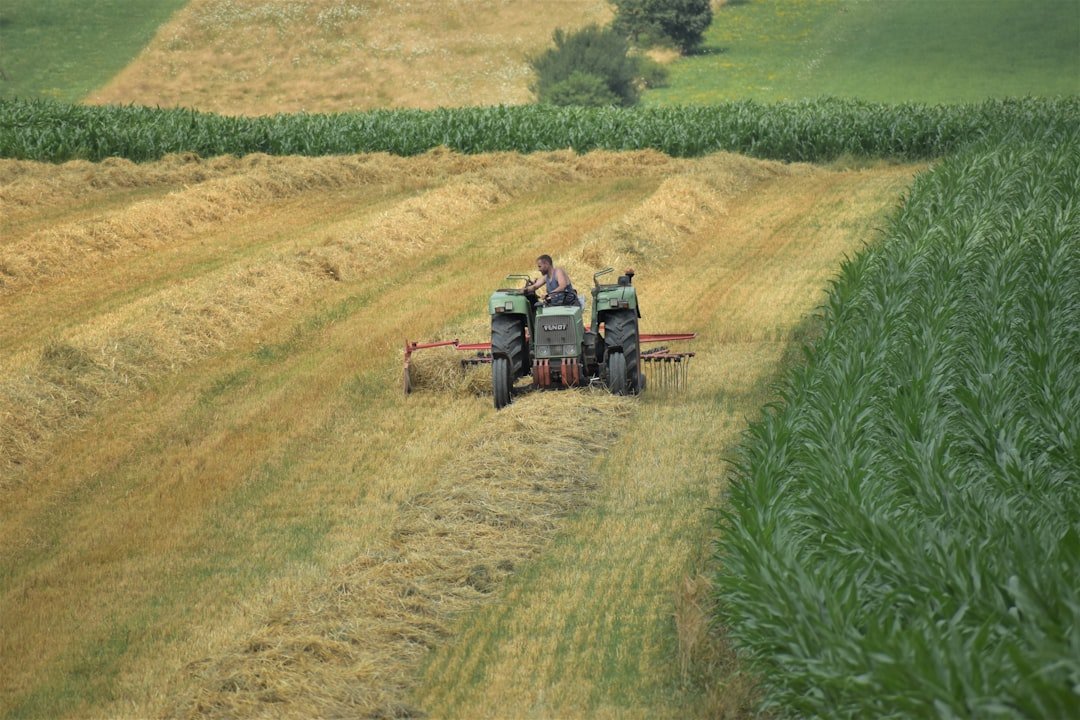
There’s no free lunch in agriculture, and each strategy comes with strings attached. Rotate too quickly to a new resistance gene and the pathogen may adapt; push uniform seed more widely and local diversity can quietly disappear. Markets reward consistency, yet ecosystems reward variety, and farmers are asked to square that circle season after season.
Policy can make the difference between brittle success and flexible resilience. Public investment in breeding, seed systems, and extension services cushions smallholders from the cost of change. Transparent labeling and fair procurement can nudge demand toward diverse crops and varieties. The balance we strike now determines whether the potato becomes a future-proof ally or a repeating risk.
What You Can Do
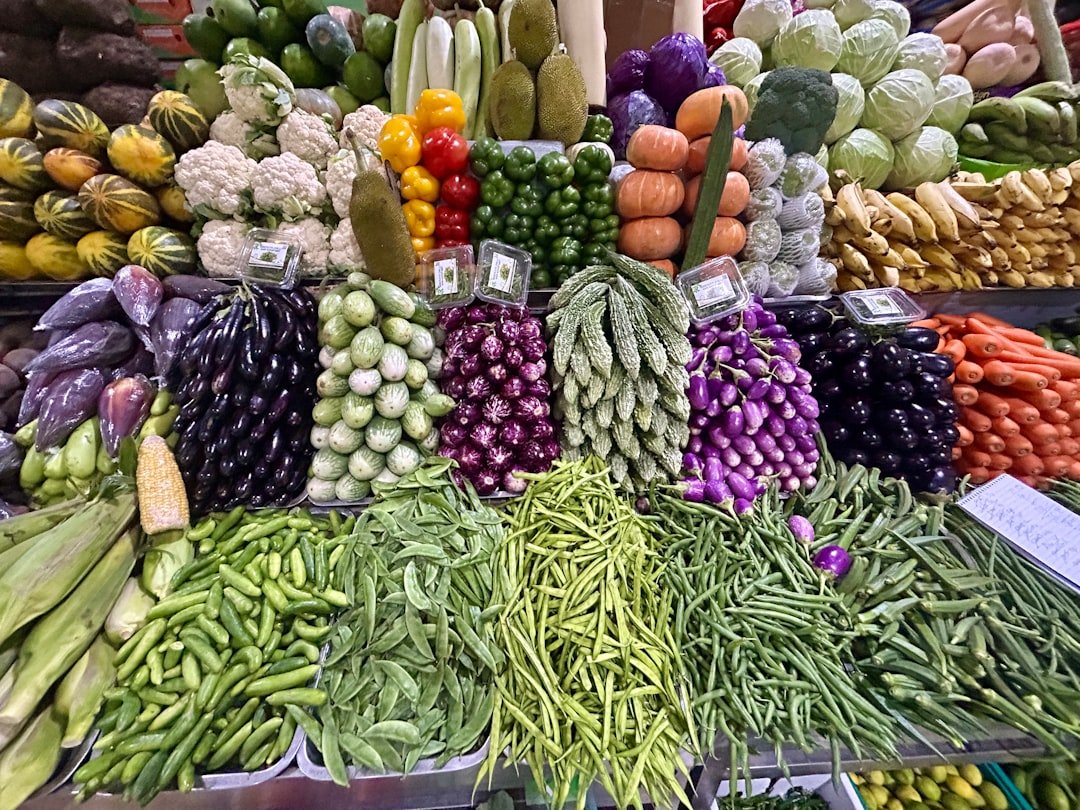
Start by diversifying your own plate: try varieties beyond the usual, and look for farms or markets that name what they grow. Support community seed banks and food hubs that keep local diversity alive, because those networks are insurance policies you can actually taste. If you garden, plant multiple varieties and note how each handles your weather; your backyard can mirror the Andean logic on a tiny scale.
Back research and extension groups that deliver practical tools to farmers, from disease alerts to clean seed. Ask retailers and restaurants to highlight varietal diversity so that flavor and resilience share the spotlight. Small signals add up, and they echo down the supply chain. The next chapter of this dark journey can be brighter – will you help write it?

Suhail Ahmed is a passionate digital professional and nature enthusiast with over 8 years of experience in content strategy, SEO, web development, and digital operations. Alongside his freelance journey, Suhail actively contributes to nature and wildlife platforms like Discover Wildlife, where he channels his curiosity for the planet into engaging, educational storytelling.
With a strong background in managing digital ecosystems — from ecommerce stores and WordPress websites to social media and automation — Suhail merges technical precision with creative insight. His content reflects a rare balance: SEO-friendly yet deeply human, data-informed yet emotionally resonant.
Driven by a love for discovery and storytelling, Suhail believes in using digital platforms to amplify causes that matter — especially those protecting Earth’s biodiversity and inspiring sustainable living. Whether he’s managing online projects or crafting wildlife content, his goal remains the same: to inform, inspire, and leave a positive digital footprint.


